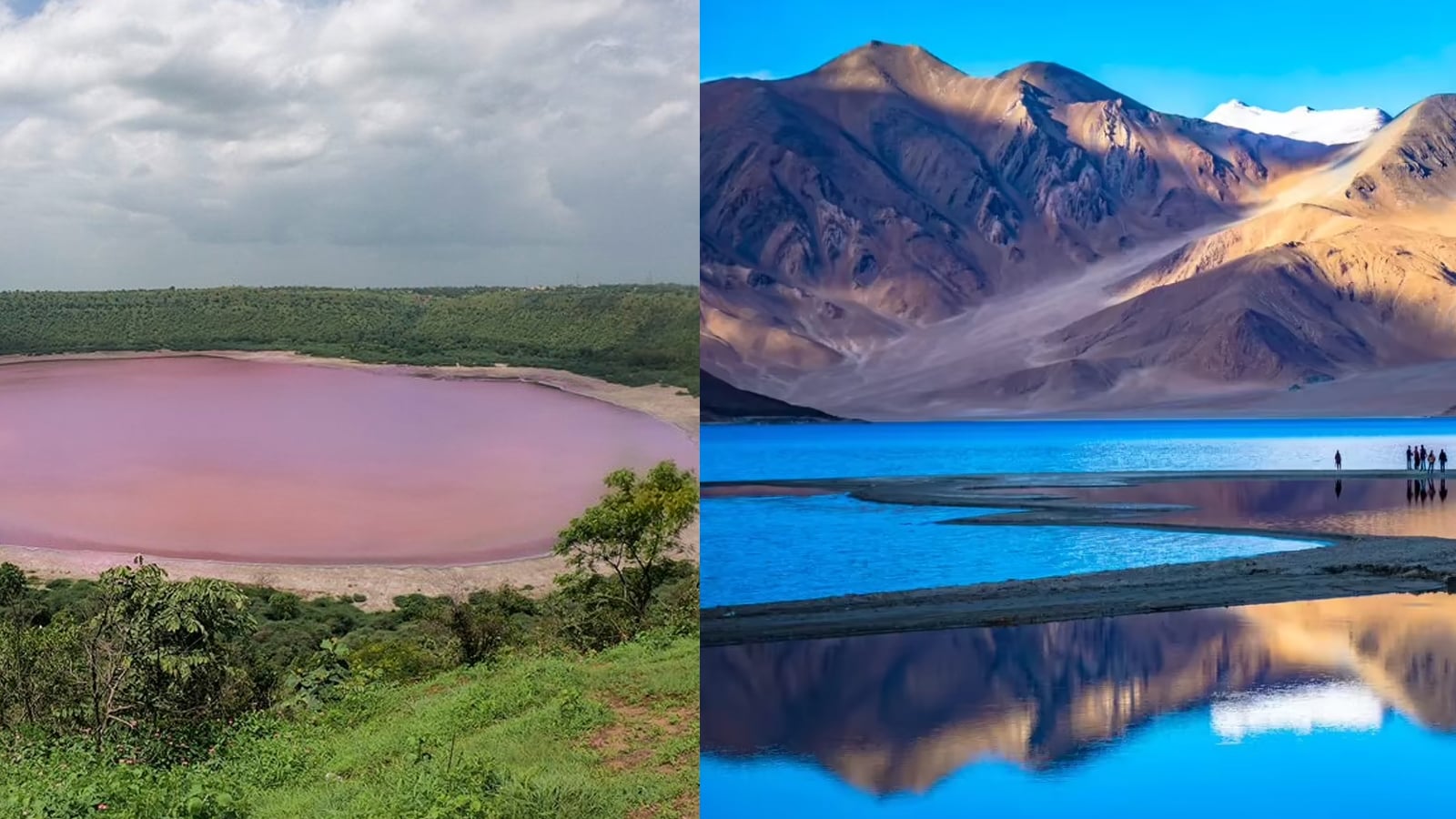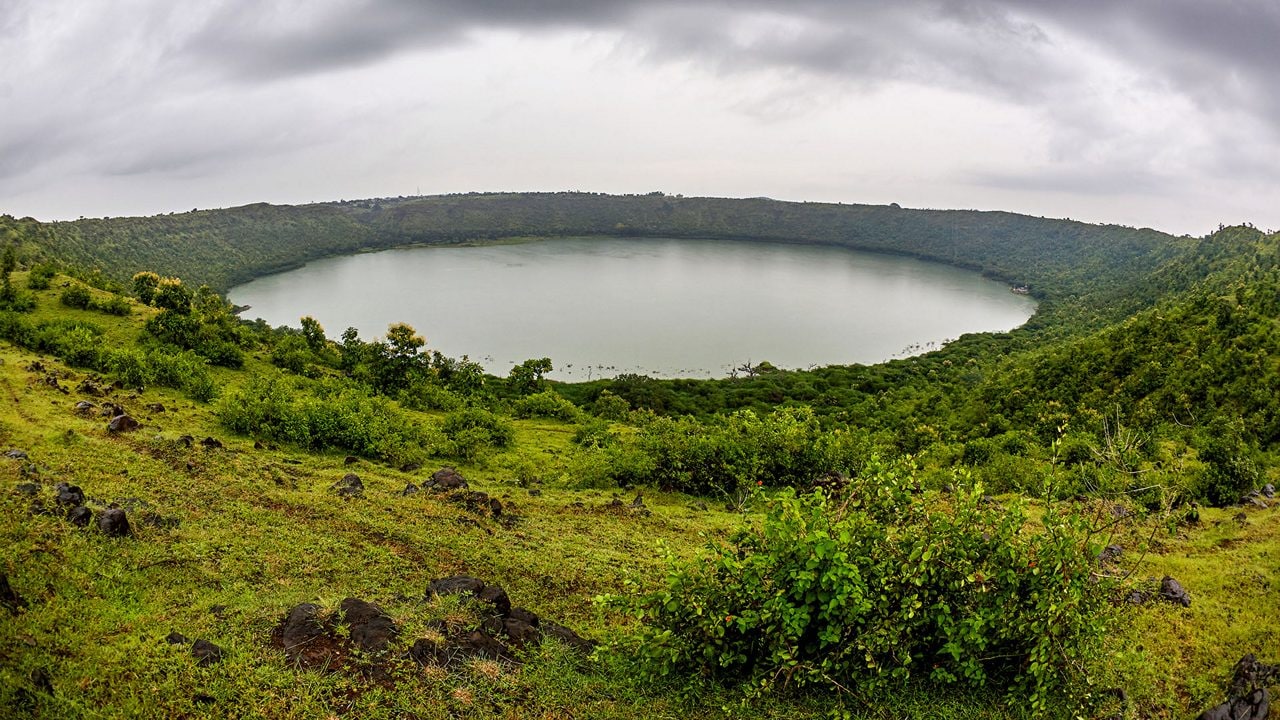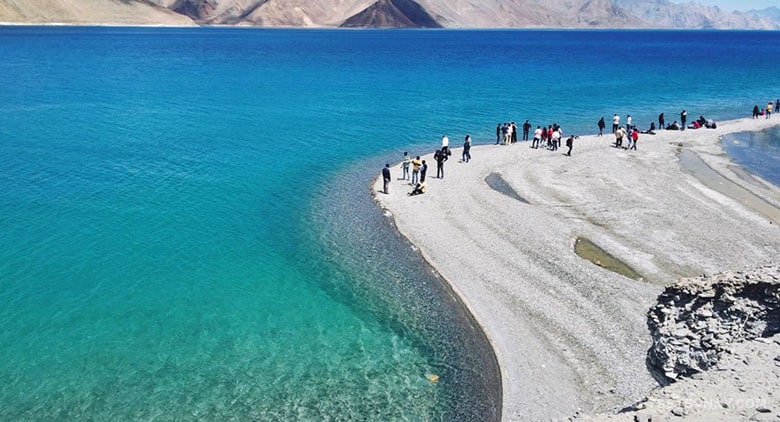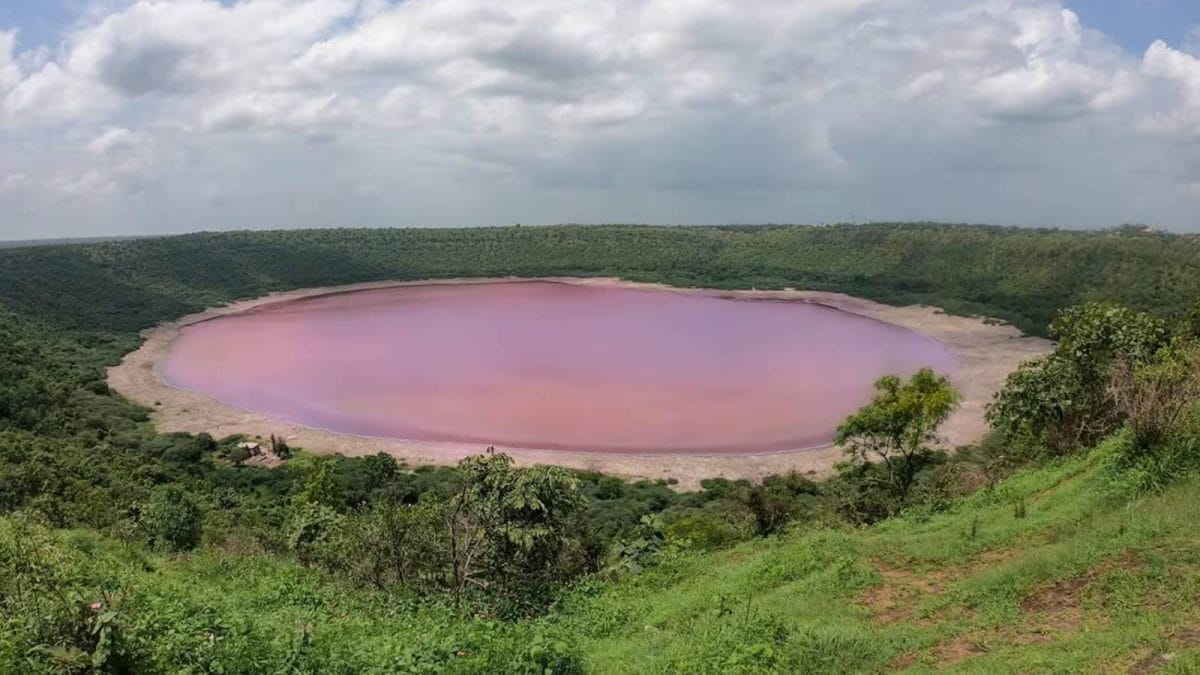
India is home to several lakes that exhibit fascinating natural phenomena, including the rare ability to change colour. Two standout examples are Lonar Lake in Maharashtra and Pangong Tso in Ladakh. Here’s a detailed look at these colour-shifting marvels.

Lonar Lake, Maharashtra: Located in Buldhana district, Maharashtr, this crater lake was formed by a meteorite impact over 52,000 years ago. Its water changes colour seasonally, sometimes turning pink (Image: Incredible India)

Why It Changes Colour: The lake contains high levels of sodium, potassium, and other salts, creating an extreme environment. During summer, evaporation increases salinity, promoting growth of halophilic bacteria that produce reddish pigments. In monsoon, the lake may appear green due to algal blooms. (Image: Incredible India)

In June 2020, Lonar Lake turned bright pink, drawing global attention. Scientists attributed this to a combination of increased salinity, high temperatures, and microbial bloom. (Image: Incredible India)

Pangong Tso, Ladakh: Located at the border of India and China in Ladakh, this endorheic (closed basin) lake is at ~4,350 meters altitude. The water shifts between blue, green, and grey hues. (Image: Incredible India)

Why It Changes Colour: The lake has high mineral concentration, which interacts with sunlight to reflect different colours. Depending on the time of day and weather, the lake can appear deep blue, turquoise, or even golden brown. In winter, the lake freezes and appears white or grey. In summer, it dazzles with vibrant blues and greens. (Image: Incredible India)

These lakes are ecological hotspots, hosting unique flora and fauna. They are studied by scientists for insights into extreme environments, astrobiology, and climate change. Conservation is vital, as tourism and pollution can disrupt their delicate ecosystems. (Image: Incredible India)






